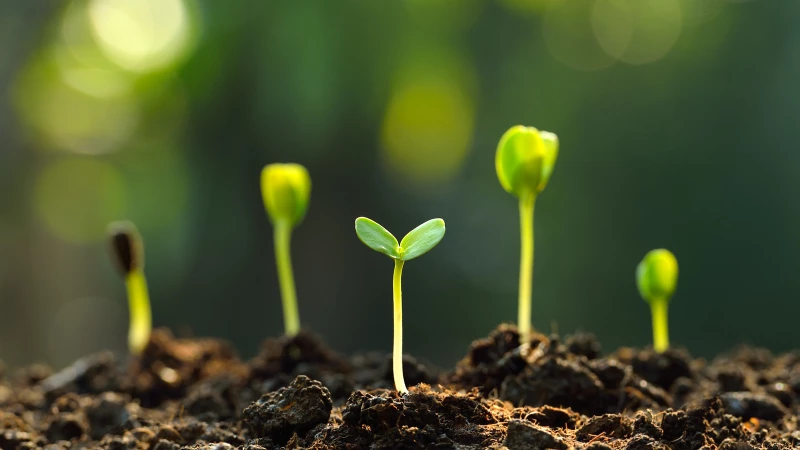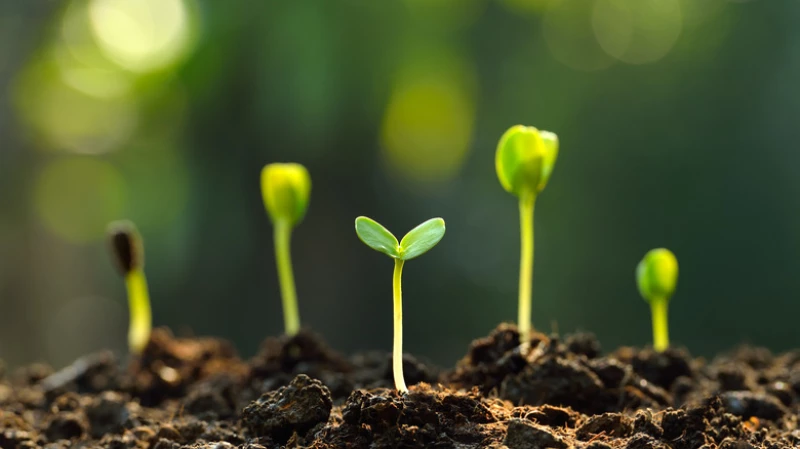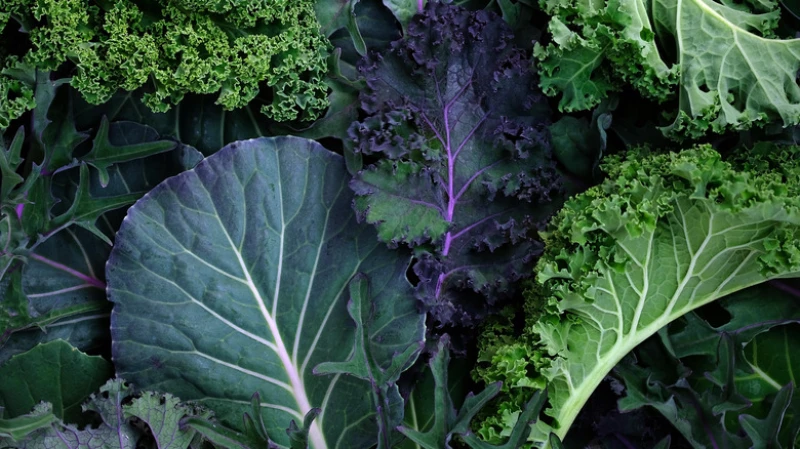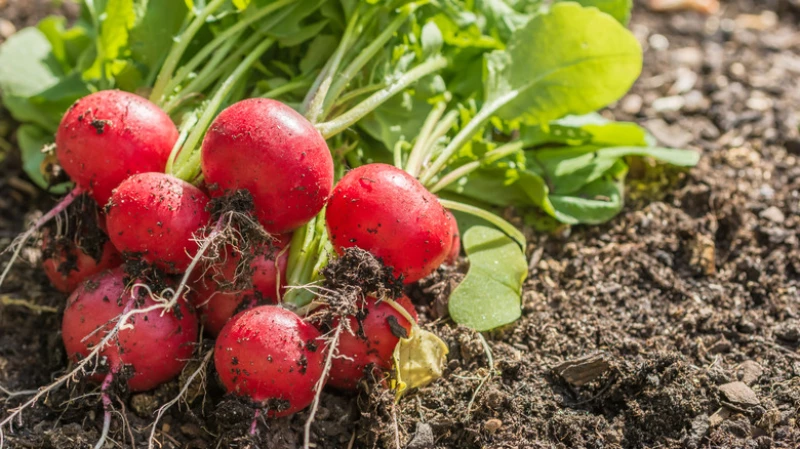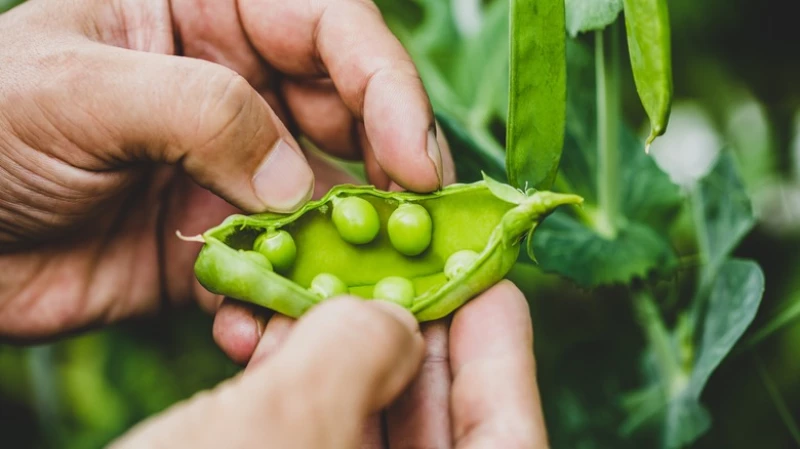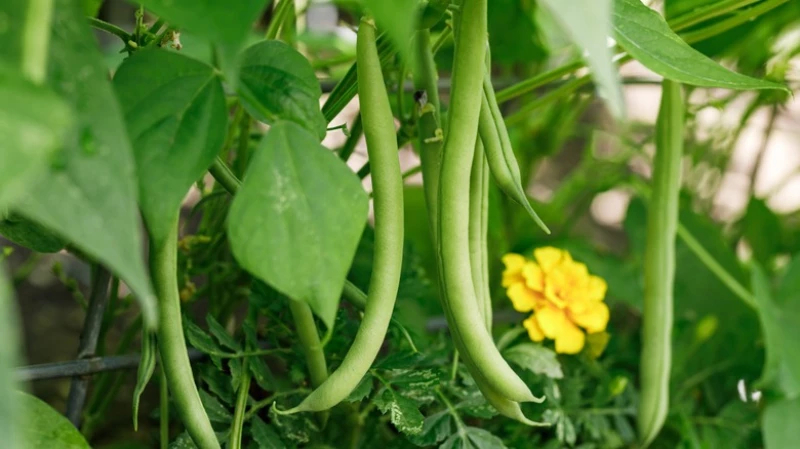As the season of growth approaches, gardeners with vegetable patches are filled with anticipation. For those with the space and adequate light, starting seeds indoors is a great way to kickstart the process. Warm-weather plants like tomatoes can be grown indoors and gradually acclimated before being transferred outside. However, there are plenty of cold-hardy vegetables that can be directly sown outdoors in early spring, even before the final frost of the season. Some delicious options for early spring planting include beans, lettuce, carrots, cabbage, potatoes, and kale.
When it comes to sowing seeds in spring, there are a few key timing considerations. "Direct sowing" involves planting seeds directly into the soil of your garden, raised beds, or containers. Legumes, herbs, and root vegetables like carrots and parsnips tend to thrive when directly sown. Spinach and peas, for example, can be sown as early as March, once the soil is workable. By mid-March, seeds for radishes, dill, carrots, parsnips, beets, and cilantro can be planted. Moving into April, the soil is usually warm enough to sow seeds for greens, brassicas, and fennel, as well as plant potatoes and onions.
Before starting your garden, it's essential to keep an eye on the weather forecast for any potential late hard frost in your area. If a frost is expected, it's best to wait until temperatures rise above freezing before planting to ensure the safety of your plants. If you're eager to kickstart your garden early, consider these cold-hardy vegetables:
Kale
Kale has gained popularity due to its exceptional nutritional value. Whether you prefer it in smoothies, salads, or as a side dish, kale offers versatility in the kitchen. It can be easily grown in containers or in the garden, with planting recommended 4-5 weeks before the last frost. There are various types of kale, including curly, dinosaur, Siberian, and Red Russian. Some recommended cultivars are 'Scotch Blue,' 'Red Ursa,' 'Dazzling Blue,' and 'Lacinato.'
Radishes
Radishes are another excellent option for early planting in your garden. These crunchy root vegetables are quick to mature and can be sown directly in the ground. With a variety of colors and shapes available, radishes add a pop of flavor to salads and dishes. Consider planting radishes as soon as the soil can be worked in the spring for a bountiful harvest.
Radishes, with their quick growth from seed, are a delightful spring vegetable. Their crisp texture and sharp, vibrant flavor make them an excellent choice for snacking or adding to salads. Thriving in cooler temperatures, these small veggies can be easily cultivated in containers or interspersed between rows of other root vegetables like beets or carrots. As daytime temperatures consistently hit 70 degrees Fahrenheit, radishes tend to bolt, so it's advisable to grow them in the cool temperatures of early spring or early autumn. For optimal growth, ensure they receive at least six hours of sunlight per day in the spring.
Fresh peas or young peapods picked straight from the garden are a culinary delight. These legumes grow rapidly during the cool, damp days of spring. Plant the seeds as early as February, once the ground is thawed and ready for planting. Providing a small trellis or string supports for the pea vines to climb on facilitates harvesting. Peas and radishes complement each other well as companion plants. Garden peas are cultivated for their edible seeds, while snow peas or snap peas are valued for both their seeds and tender peapods.
Carrots
Broccoli is a versatile and nutritious vegetable that thrives in cooler weather. It can be planted in early spring or late summer for a fall harvest. Broccoli plants prefer rich, well-draining soil and plenty of sunlight. They are heavy feeders and benefit from regular watering and fertilization. To protect the plants from pests like aphids and caterpillars, consider covering them with row covers. Harvest broccoli when the heads are tight and compact for the best flavor and texture. The leaves and stems are also edible and can be cooked or eaten raw.
Similar to cabbage, lettuce is a cool-weather crop that thrives in the spring and fall. Plant lettuce seeds as soon as the ground can be worked in the spring. Lettuce prefers rich, well-draining soil and a sunny location. To avoid bitterness, keep the lettuce plants well-watered. Mulch can help retain moisture and prevent weeds. Harvest lettuce by cutting the outer leaves when they reach a usable size, or cut the entire head at once for a more traditional harvest.
Beans are a versatile and nutritious addition to any garden. They are easy to grow from seed and thrive in warm weather. Plant beans in well-drained soil with full sun exposure for optimal growth. Bush beans are a great option for small spaces or containers, while pole beans can be trained to climb on trellises or fences. Some popular varieties of beans include green beans, snap beans, and lima beans. To encourage continuous harvest, sow bean seeds every few weeks throughout the growing season.
The two types of beans planted in spring are bush beans and pole beans. Bush beans don't require support, but pole beans grow on long vines and need staking or trellis supports. Pole beans have a longer harvest period, but bush beans can be planted at intervals. Both can be planted after the last hard frost date. Keep an eye on the forecast, and avoid planting before long rainy periods, as beans won't germinate if the soil is too wet. The Old Farmer's Almanac recommends amending soil for beans with aged manure or compost in fall or early spring.
Swiss Chard
Swiss chard is a large-leafed tender green that is easy to grow. It likes well-drained soil and regular watering. The thick but tender stems range in color from white to red, depending on the variety. Swiss chard is very cold hardy and grows well in containers. It can be planted from seed in early spring, and again in late summer for an autumn harvest. Unlike spinach, Swiss chard is very slow to bolt. Try one of these varieties: 'Fordhook Giant' (large and vigorous), 'Oriole' (bright orange stems), or 'Peppermint' (pink and white stems).

